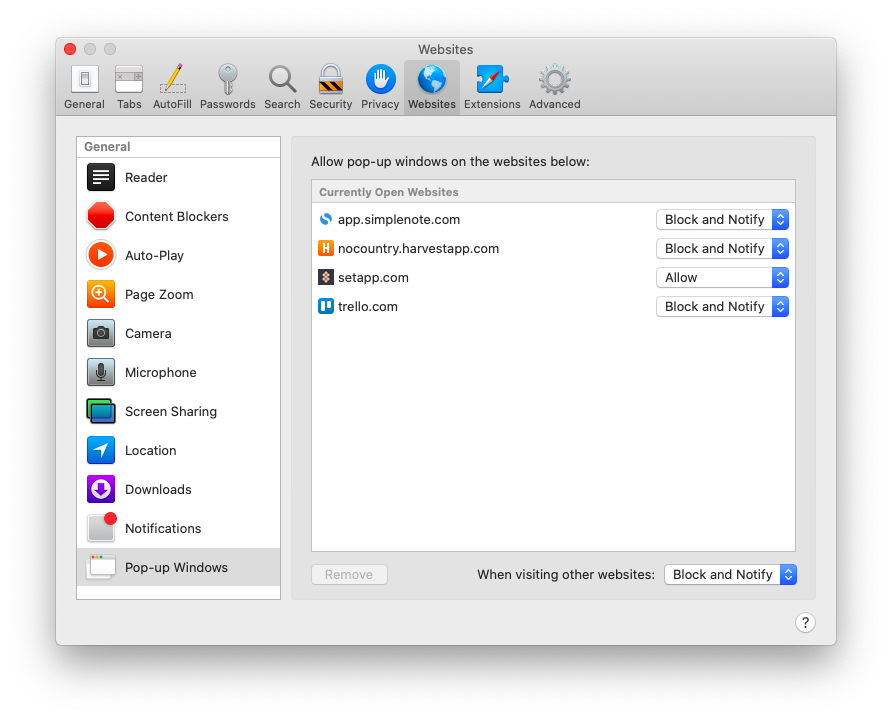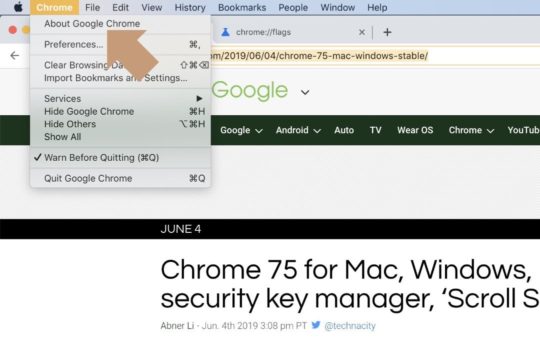Posted February 7, 2018 by Beejay Adoghe in Apps
Hello there! I have been wondering. It seems like more and more websites these days want to get a bead on you. You’ve no doubt seen the pop-ups: “XYZ-Site wants to know your location.” Then you have to click Allow or Block.In some cases, this is an important request, as determining your location will be helpful (or even required) for things like calculating a shipping price or giving driving directions. If you let Chrome share your location with a site, Chrome sends information to Google Location Services to get an estimate of where you are. Chrome can then share that info with the site that wants your location. Here’s how to enable location services on Google Chrome.

- Applies to managed Chrome Browsers and Chrome devices. As a Chrome Enterprise administrator, you can block and allow URLs so that users can only visit certain.
- Not only does Chrome allow you to block specific websites, but it also creates a report of sites the child actually did visit during a browsing session. As an added level of security, a supervised user cannot install web apps or browser extensions. Even Google search results are filtered for explicit content via the SafeSearch feature.
That said, you may prefer to keep this information to yourself. Indeed, whether you have privacy concerns or you’re just tired of seeing that particular pop-up, you can tweak your browser so it no longer presents location requests. Here’s how.
You can allow pop-ups on your Mac computer in Google Chrome by going to your settings in a Chrome browser. By default, Google Chrome will block pop-ups, but you can. How to Enable Location Services on Google Chrome. Open Google Chrome. Click on the Chrome menu ⋮ It’s in the top-right corner of the Chrome window. A drop-down menu will appear. Click on Settings. Scroll down and click on advanced settings. It’s at the bottom of the page.
How to Enable Location Services on Google Chrome
1. Open Google Chrome.
2. Click on the Chrome menu ⋮ It’s in the top-right corner of the Chrome window. A drop-down menu will appear.
3. Click on Settings.
4. Scroll down and click on advanced settings. It’s at the bottom of the page. Clicking Advanced opens more options lower down on the page.
5. On “Privacy” section, click on Content settings. You’ll find this near the bottom of the “Privacy and security” section of options.
6. In the dialog that pop-up, scroll down to look for the “Location” section. Click the blue “Ask before accessing (recommended)”switch. It will turn grey. This will ensure that any site that requests your location will automatically have access to it.
If you want to manually allow sites to access your location, consider leaving the “Ask before accessing” button enabled. You’ll still be able to allow location services on sites that you trust, and you’ll be able to block it on any other sites.
When the “Ask before accessing” switch is blue, then sites that request for your location will display a pop-up at the upper-left corner of the page with Allow and Block buttons.
Summary
- Open Google Chrome
- Click ⋮
- Click Settings
- Scroll down and click Advanced
- Scroll down and click Content settings
- Click Location
- Click the blue Ask before accessing (recommended) switch.
And that’s a wrap, that’s basically how to Enable Location Services on Google Chrome. I hoped you enjoyed reading this a much I did enjoy writing it. Thank you for stopping by to read on our blog today. Be your brother’s keeper by sharing this informative article with your family and friends. Just hit on our share button.
Frequently Asked Questions and Answers
Q: How do I change my location on Google?
-Step-21-Version-2.jpg)
A: Check and update your location
Do a search on Google > Scroll to the bottom of the search results page. You’ll see your location. To update your location, click Use precise location or Update location. You will be asked to share your device’s location with Google, click Allow.
Here are some useful links to check out:
How To Downgrade Google Chrome Browser
How To Restore Last Session On Google Chrome
How To Recover Deleted Bookmarks in Google Chrome
How To Change Google Chrome Background | New Look
About Beejay Adoghe
View more articles by Beejay Adoghe
The Conversation
Follow the reactions below and share your own thoughts.
Posted February 25, 2018 by Leomar Umpad in Google, Google Chrome
Trusted sites are those sites that you are confident not to do any harm to your computer and your internet data. Once you add trusted sites in Google Chrome, Chrome will allow you access to the sites even if the trust rating for the site is low. However, trusted sites should be on a secure connection and should be using the HTTPS connection. This article will discuss how you can add or remove trusted sites in Google Chrome.
Due to security issues, Google Chrome may prevent you to open certain sites. Thi may be due to the a site having questionable credentials, or the site is flagged to be malicious by some users, or merely a miss on Google’s part. If you are sure that a site is safe and will not do any unwanted actions, you can add the site to Google Chromer’s trusted site. If you want to learn how to add a website to the trusted site list, then read through the whole article.
How to Add Trusted Sites in Google Chrome
To add trusted sites in Google Chrome, do these:
1.Open your Google Chrome browser.
2.Click the Menu icon represented by three horizontal lines icon on the far right of the Address bar.
3.Click on Settings.
4.Scroll to the bottom and click the Show Advanced Settings link.
5.Click on Change proxy settings.
6.Click the Security tab > Trusted Sites icon, then click Sites.
7.Enter the URL of your trusted site. For illustration purposes, enter https://www.facebook.com.
8.After adding your chosen website, click on the Add button.
9.Click Close The added site will now appear on the trusted sites tab. You can redo steps 7 and 8 to add more sites or click the Cose button to close the option. You are done.
How to Remove Trusted Sites from Google Chrome
To remove trusted sites from Google Chrome, do these:
1.Open your Google Chrome browser.
2.Click the Menu icon represented by three horizontal lines icon on the far right of the Address bar.
3.Click on Settings.
4.Scroll to the bottom and click the Show Advanced Settings link.
5.Click on Change proxy settings.
6.Click the Security tab > Trusted Sites icon, then click Sites.
7.Click on the URL of the trusted site you want to remove.
8.Click Remove
9.The site is now removed from the list of trusted sites in Chrome.

Frequently Asked Questions
Q: Why can’t I add trusted sites in Google Chrome?
A: You need to have an Admin account to be able to add trusted sites in Google Chrome regular and limited users cannot add a trusted site in Google Chrome.
Q: I have the administrative rights to my computer but still can’t add a trusted site. How can I fix this issue?
A: When the Group Policy for “Security Zones: Use only machine settings” is enabled, the Internet Options can’t be used to configure your browser. The restriction is the same even if you are an Admin user. Try to restart your computer or update your device to the latest operating system.
Q: Why can’t I add a website that is not using the HTTPS protocol?
A: Only websites using the HTTPS connection can be added to the trusted sites list. Websites with no HTTPS protocol are restricted.
You just learned how to add and remove trusted sites in Google Chrome. We hoped that this article helped you have a better Chrome browsing experience. If you have questions about any of the steps above, let us know in the comments.
If you think this article is interesting, then you might want to check out these related articles:
Google Chrome: Clear History and Delete Your Browsing Data
Enhance Your Privacy and Security Settings in Google Chrome
How Do I Prevent Others from Accessing My Chrome Passwords?
How To Enable Location Services On Google Chrome
Google Chrome: How to Delete Individual Cookies
How To Use Incognito Mode on Google Chrome
How To Delete History From Google Chrome
About Leomar Umpad
View more articles by Leomar Umpad
Uninstall Google Chrome On Mac
The Conversation
Downloading Google Chrome On Mac
Follow the reactions below and share your own thoughts.
